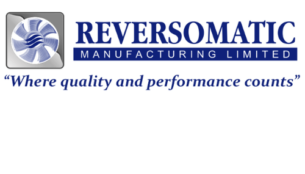Introduction:
In today’s era when most of the modern buildings are made in a way that it is tightly air sealed and due to this reason ventilation systems are becoming more and more essential to distribute the fresh air through the entire building. To accomplish this objective, HRVs and ERVs are two of the most efficient and effective systems.
The basic principle of Heat Recovery Ventilators (HRVs) or Energy Recovery Ventilators (ERVs) is to transfer heat and/or moisture from the stale exhaust air to fresh intake air by removing moisture, odors, and contaminants to increase the comfort level.
Benefits of HRVs and ERVs:
- HRVs and ERVs maintain the indoor air quality by eliminating moisture, odors, and impurities. It also controls the amount of fresh air entering from outside and the amount of stale exhaust air leaving from inside to maintain the required air flow within the place.
- Compare to other ventilation systems Heat and Energy Recovery Ventilators reduce the energy waste by 75%.
- HRVs and ERVs keep the comfortable temperature all the time inside the whole building.
- One of the most important advantage of using heat and energy recovery ventilators is that it eliminates multiple separate ventilation systems like humidifiers, dehumidifiers, air heating and cooling systems etc.
Factors to be considered while buying HRVs and ERVs:
- Climate: – HRVs are more suited for colder and drier climate while ERVs are suited for warmer and more humid climate.
- House size and number of people: – Heat Recovery Ventilator (HRV) is best suite for small or medium-sized homes and/or with larger family that generates more humidity on the other hand Energy Recovery Ventilator (ERV) is suited for larger homes and/or with fewer people in home that contains drier air within the place.
- Performance: – To qualify, HRV and ERV devices should show a sensible heat-recovery efficiency (SRE) rate of at least 65% at 0° Celsius and at least 60% at -25° Celsius. Look for an HRV or ERV device whose performance is certified by the Home Ventilating Institute (HVI) and meets the energy efficiency requirement of the Energy Star program.

